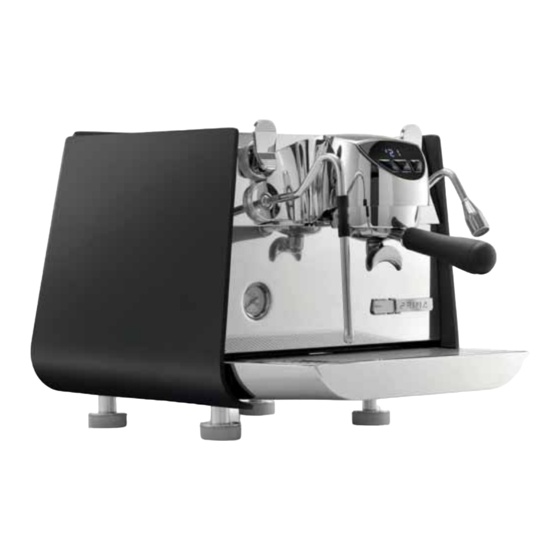
Victoria Arduino Eagle One Prima Service Manual
Hide thumbs
Also See for Eagle One Prima:
- User handbook manual (113 pages) ,
- User handbook manual (101 pages)

















Need help?
Do you have a question about the Eagle One Prima and is the answer not in the manual?
Questions and answers